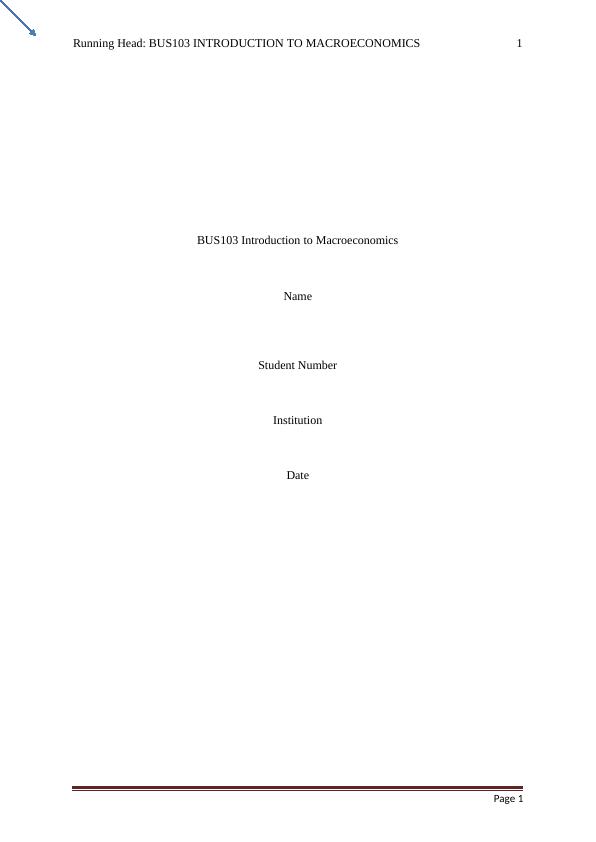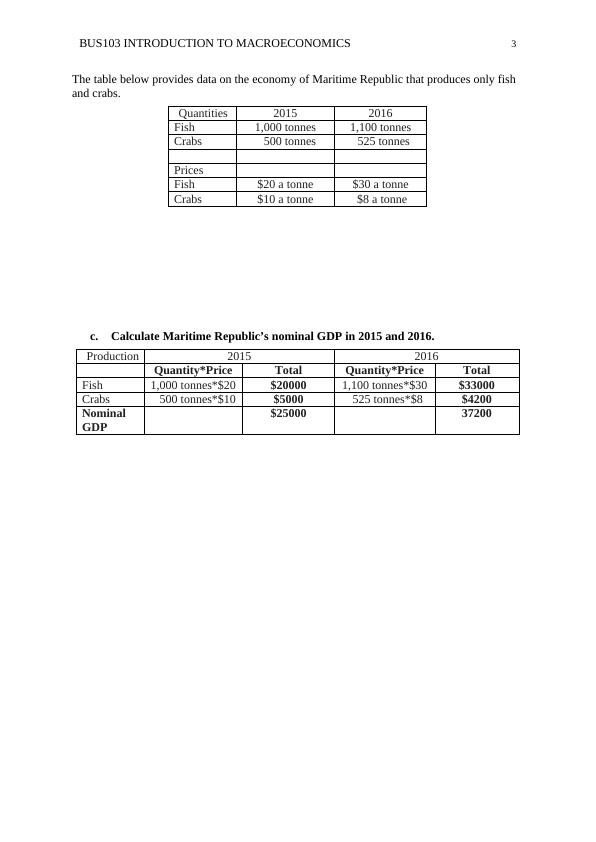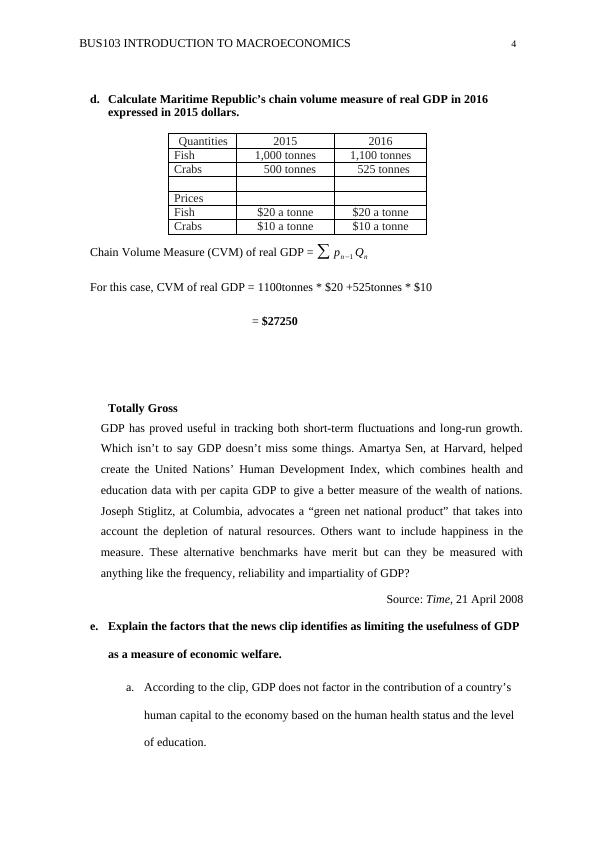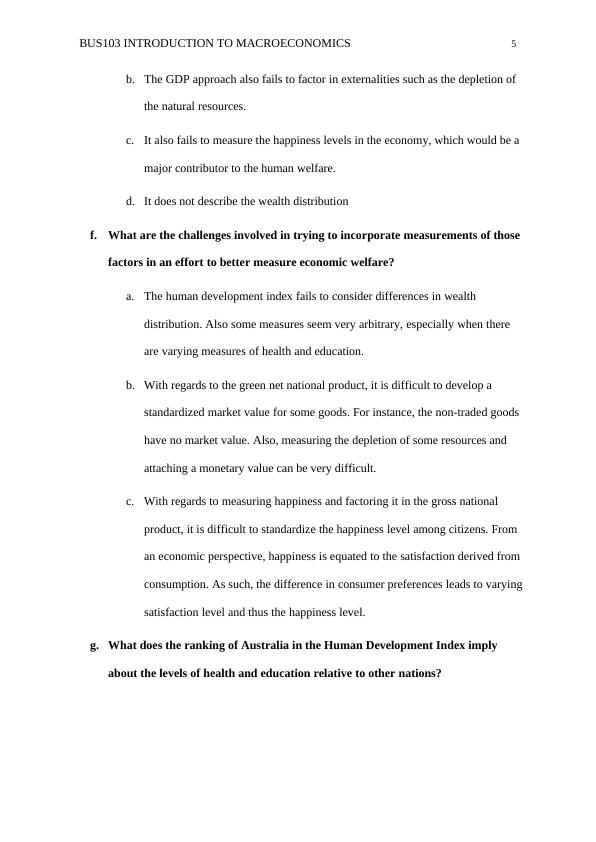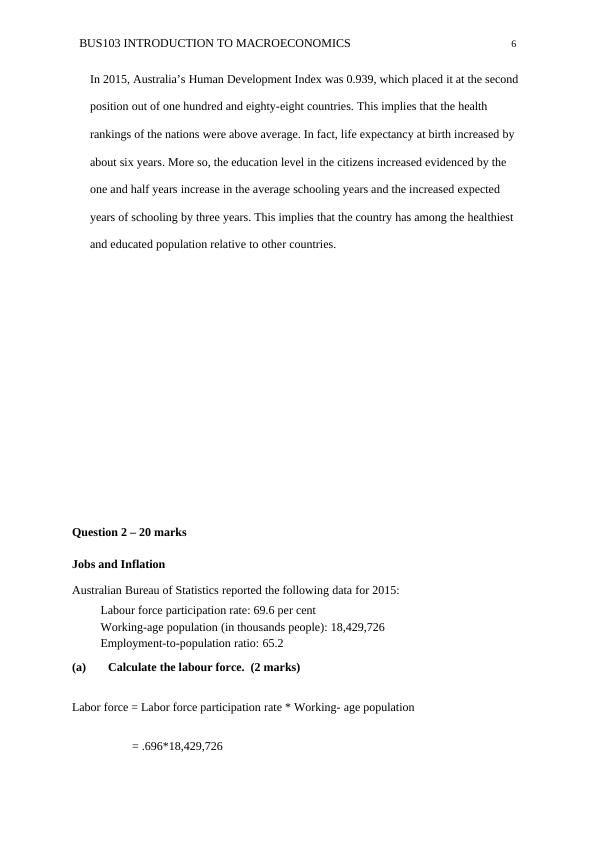Ask a question from expert
BUS103 Introduction to Macroeconomics
23 Pages3505 Words640 Views
Added on 2020-05-28
About This Document
Measuring GDP and Economic Growth The national accounts of Parchment Paradise are kept on (you guessed it) parchment. Joseph Stiglitz, at Columbia, advocates a “green net national product” that takes into account the depletion of natural resources. Others want to include happiness in the measure. These alternative benchmarks have merit but can they be measured with anything like the frequency, reliability, and impartiality of GDP? Exchange Rate and Balance of Payments Colombia is the world’s biggest producer of roses.
BUS103 Introduction to Macroeconomics
Added on 2020-05-28
BookmarkShareRelated Documents
End of preview
Want to access all the pages? Upload your documents or become a member.
Introduction to Macroeconomics
|13
|2481
|145
Report on Concepts of Macroeconomic in Australia
|15
|2472
|27
BUS103 Economics Assignment: Macroeconomics Assignment
|18
|2647
|59
